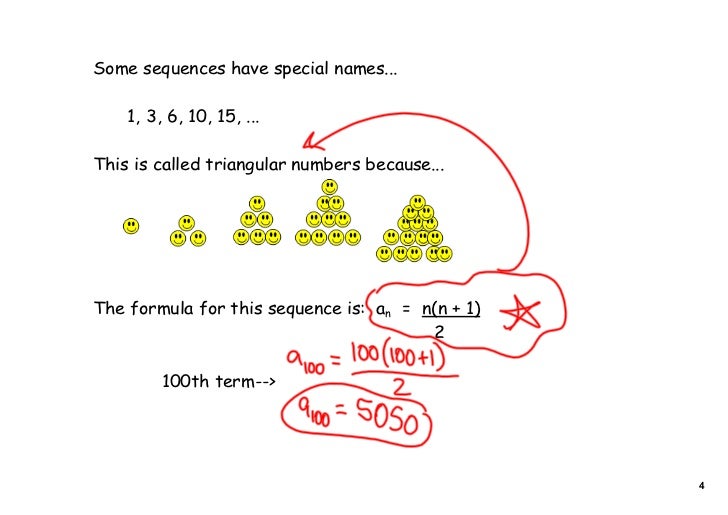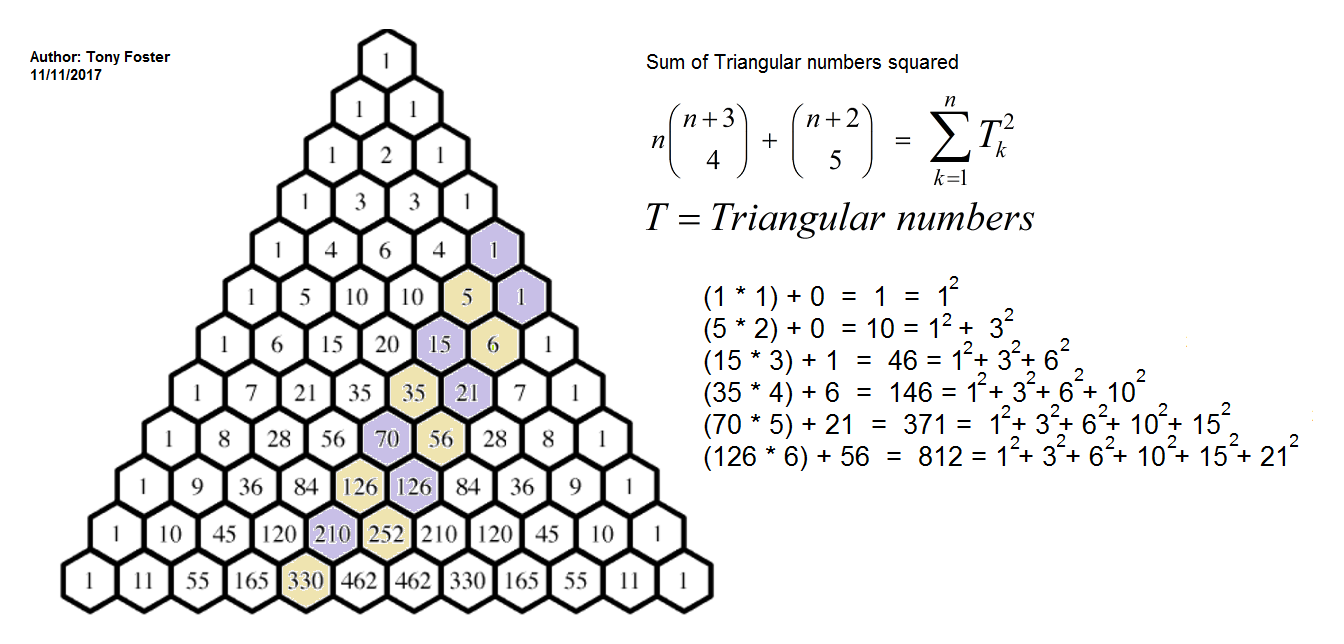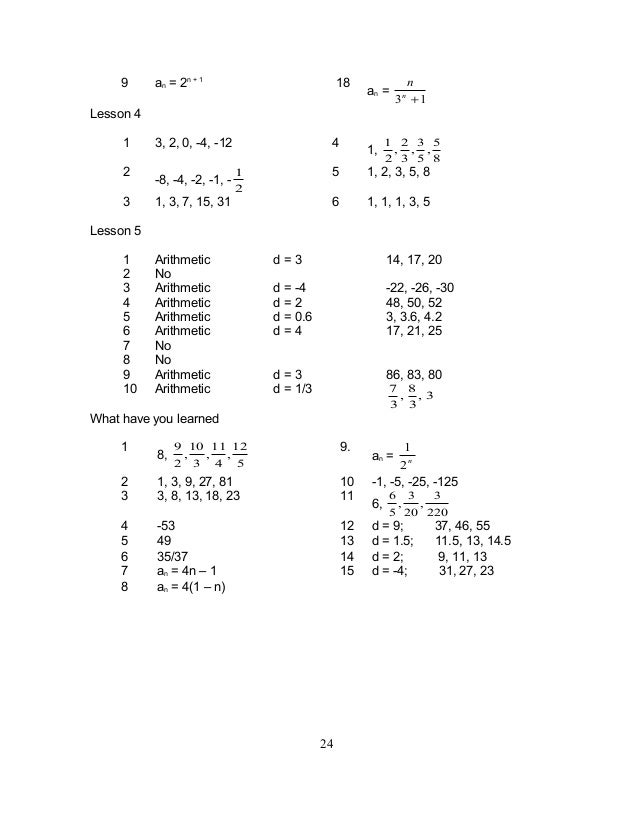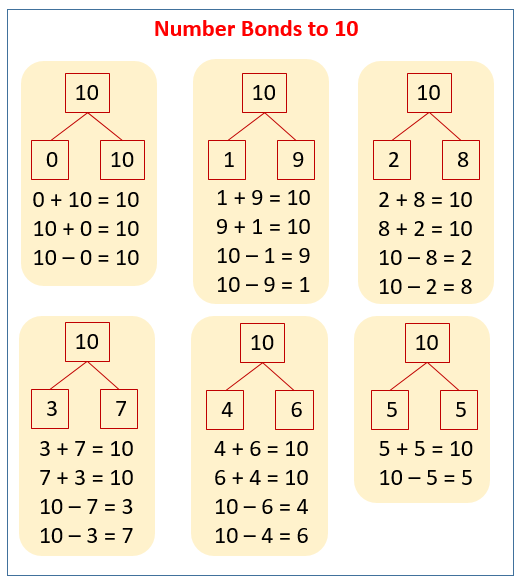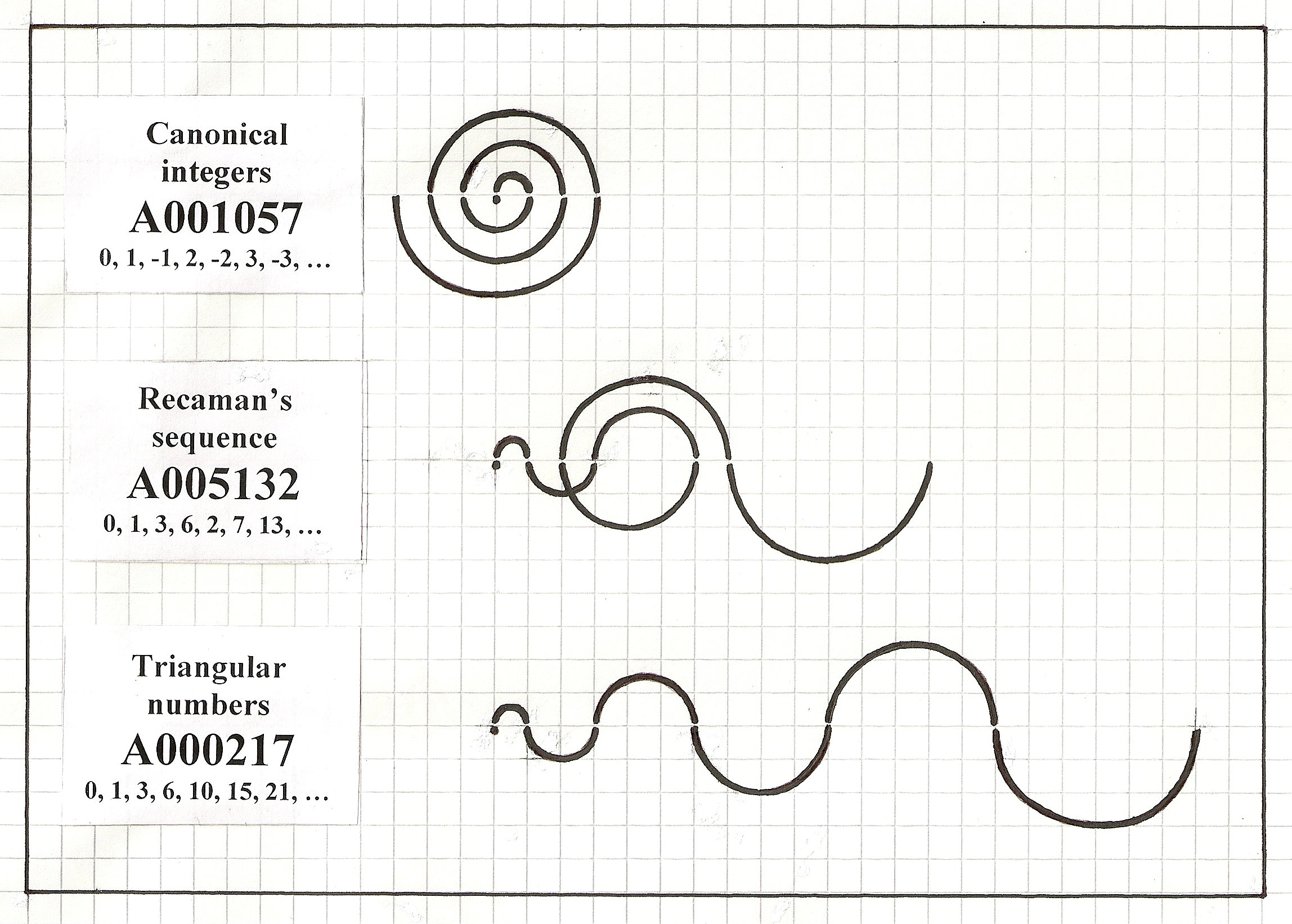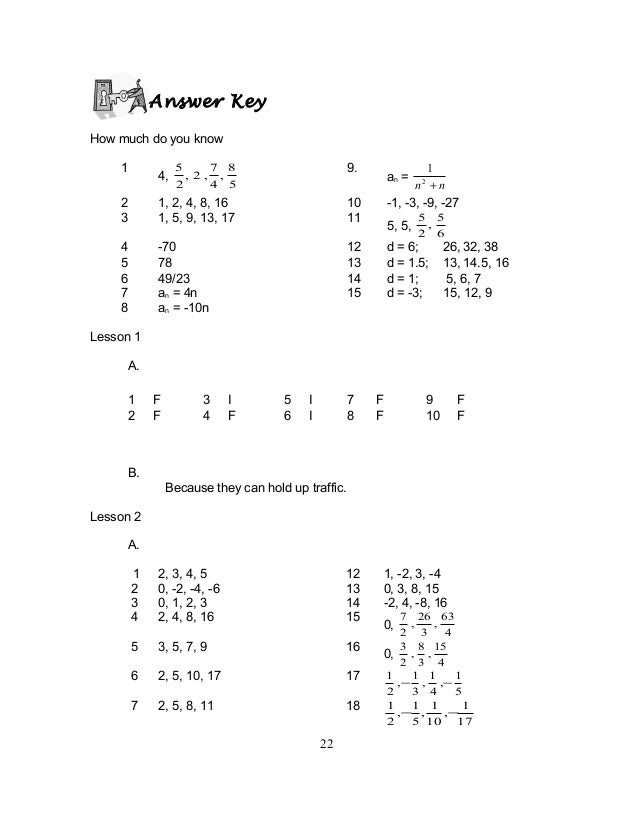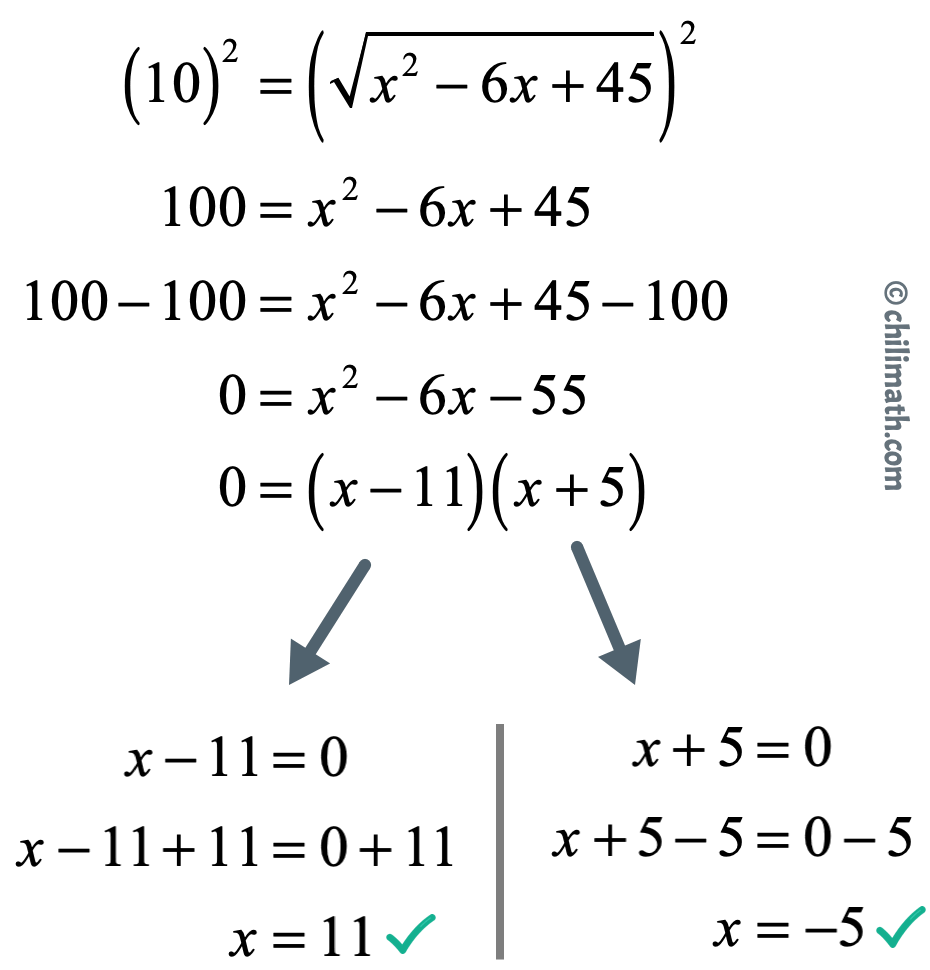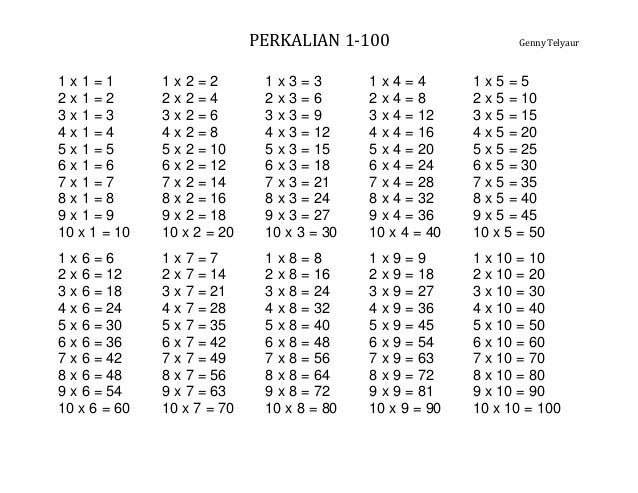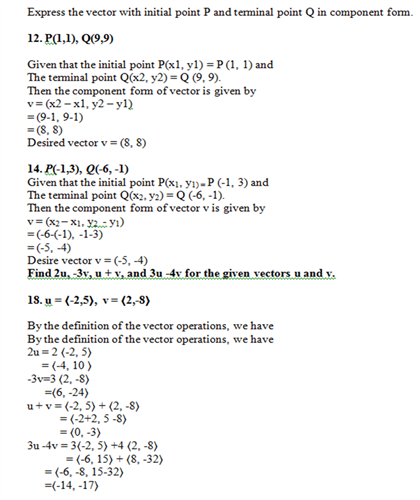0 1 3 6 10

The sum of the first n terms s n of an arithmetic sequence is calculated by the following formula.
0 1 3 6 10. So 1 2 3. What rule is in this pattern 0 1 3 6 10. Find the summation of this series 0 1 3 6 10 15 n closed ask question asked 6 years 8 months ago. 1 is the second 2 number.
0 1 3 6 10 15. It s easy to see that the change here is by 2 so every increase in x by 1 will have the change in y increasing by 2. And 4 added to 6 10 so we will add 5 to 10 15. So if we take the first term 0 and subtract it from the second term 1 we get.
A n a 1 n 1 d. Use inductive reasoning to determine the next three numbers in the pattern. This is a. 0 1 3 6 10 1 2 3 4 next would come 5.
If the initial term of an arithmetic sequence is a 1 and the common difference of successive members is d then the nth term of the sequence is given by. Viewed 15k times 0. Starting with the zero you add numbers. Whenever you see a sequence of numbers there is most often a relationship between the distance or difference of successive terms.
Hence 6 4. 1 3 6 10 15. Recibe ahora mismo las respuestas que necesitas. Get the free pattern finder widget for your website blog wordpress blogger or igoogle.
Asked by wiki user. 2010 02 26 00 19 01 2010 02 26 00 19 01. 3 1 2 6 3 3 10 6 4 15 10 5. This question does not meet stack overflow guidelines.
So 3 3 6. Wiki user answered. 0 is the first 1 number. So 0 1 1.
Hallar el termino general de la sucesión 0 1 3 6 10. Find the change between each. 0 is added to 0 0 then 1 added to 0 1 then 2 added to 1 3 3 added to 3 6. 6 being the fourth 4 number gets four added to it.
3 is the third 3 number. Now we can check to see if our sequence is like this. It is not currently accepting answers.

